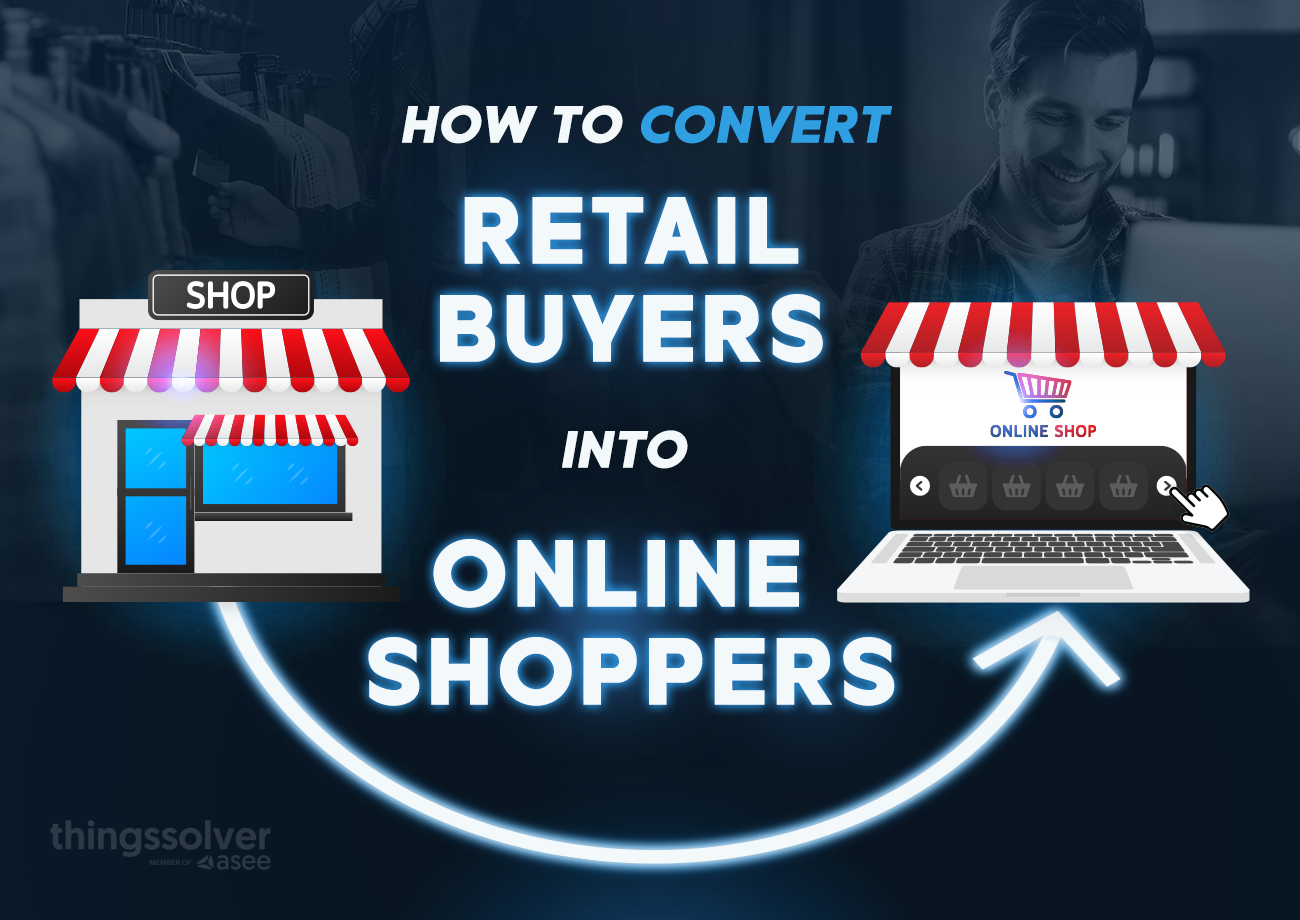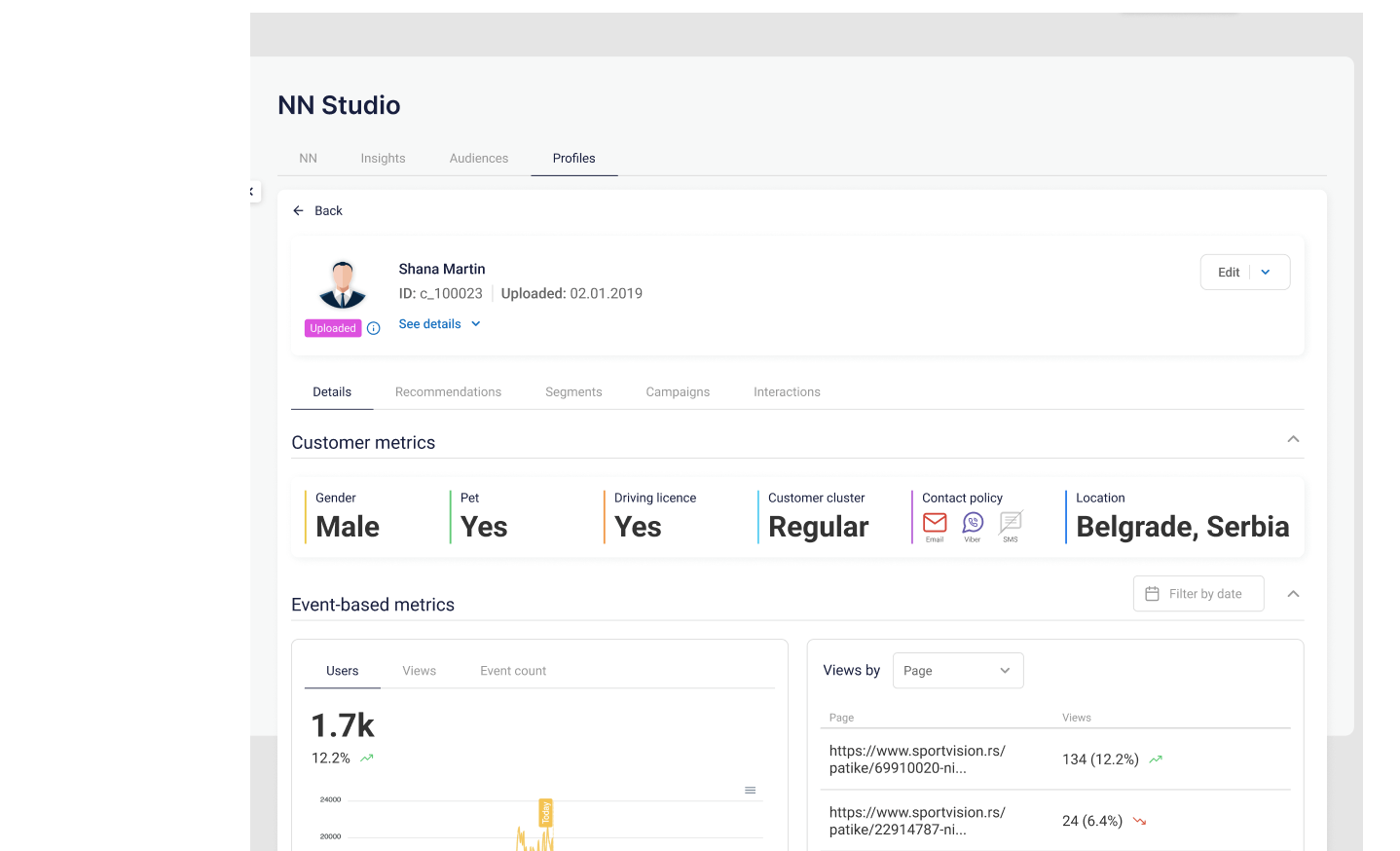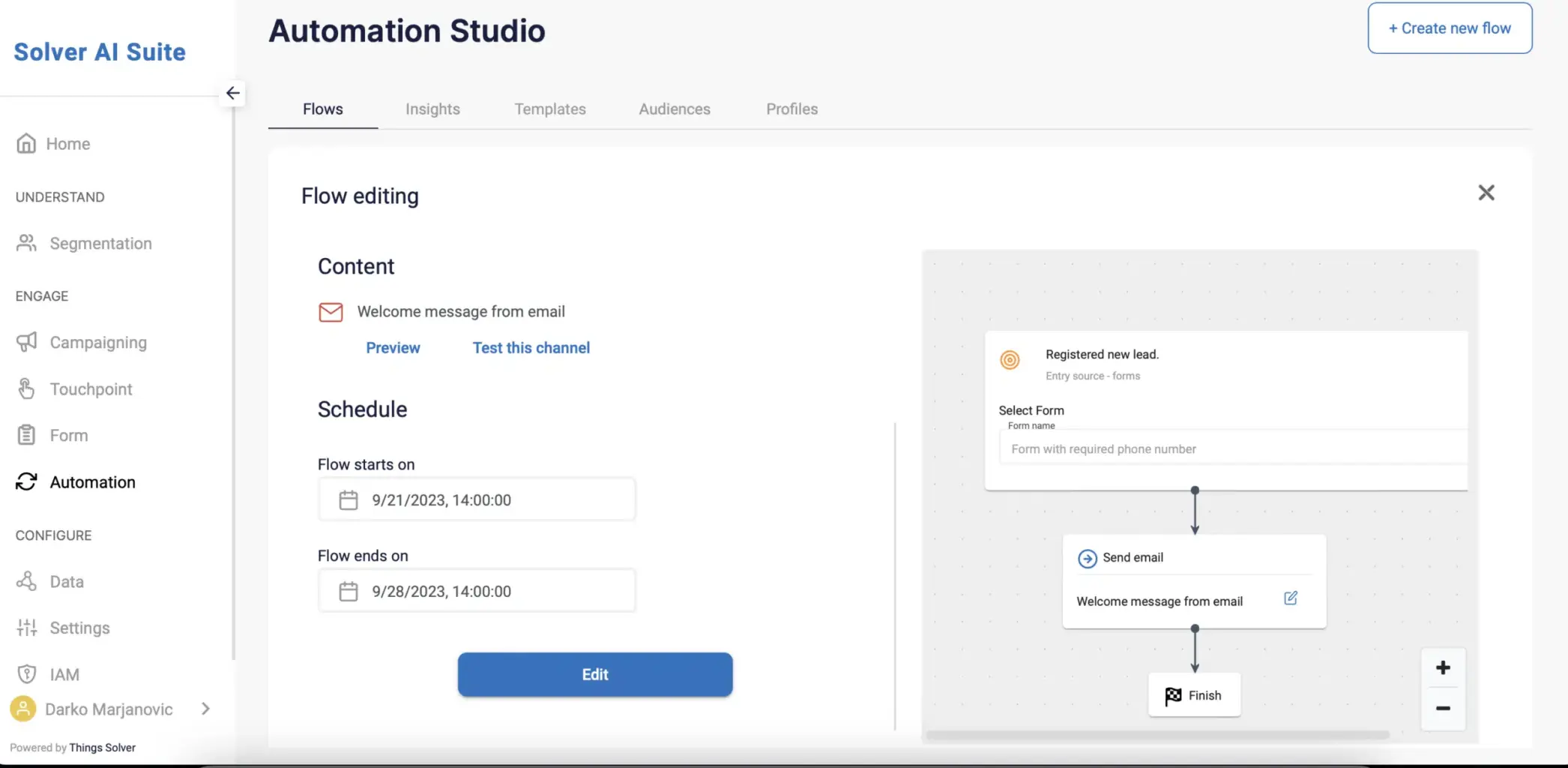How to boost online sales this holiday season with a personalized shopping experience
The holiday season is the most crucial period for retailers. Besides high sales volume, it is also an opportunity to…
Read more19. 02. 2025.

Looking back on the previous years, the COVID-19 pandemic in 2020 triggered a drastic shift in consumer behavior, forcing businesses to adapt rapidly to the new normal.
Brick-and-mortar stores, once the cornerstone of retail, faced closures and restrictions, pushing even the most traditional shoppers toward online shopping. As the world adjusted, it became clear that focusing solely on retail or exclusively on e-commerce was no longer viable.
As you’ve probably already noticed, today’s consumers demand great flexibility. They expect you to provide a seamless experience between physical and online shopping. In line with their demands, you should be able to bridge this gap and successfully convert retail buyers into online shoppers.
Stay tuned as we explore some strategies and tactics you can use to convert retail buyers into online shoppers and improve your business.
At this point, you might be wondering why you should bother to convert retail buyers into online shoppers. Why not just attract new buyers?
Well, if you’re looking to improve overall sales rates and increase loyalty, getting new customers won’t cut it. A more effective way here would be to convert retail buyers into buyers and increase online sales.
Converting retail buyers into online shoppers and increasing overall online sales isn’t just about making more money now – it’s a smart move for your long-term business success. According to data from ActionIQ, customers who shop both online and in-store are much more valuable than those who shop only through one channel:
By meeting your customers’ needs both online and offline, your brand becomes more important in their lives, which means they’re more likely to choose you when making important buying decisions.
This is why it makes sense to focus on turning your in-store shoppers into online customers as well.
Plus, building a strong online presence now will protect your business in case you ever need to shift entirely online, as many companies have been doing from 2020 onwards. Moreover, if operating your physical store/s becomes too costly or simply unsustainable, having a strong online presence and functional e-commerce shop will give you an advantage.
Cutting to the chase, let’s see what strategies and tactics you can use to convert retail buyers to online customers. Read on as we go over 8 different ways that will help you better understand your customers and provide them with a more personalized experience.
If you’re eager to convert retail buyers to online shoppers, you have to understand their customer journeys well. You can do this by analyzing the data you gather about your customers when they visit your physical store or make an online purchase.
Doing this allows you to track how both current and potential customers behave and identify areas for improvement. Moreover, it allows you to deliver personalized messages tailored to each customer at the right time.
A key part of this process is understanding what leads your customers to a purchase. This means you also have to map the stages in the sales funnel for each customer and understand what makes them complete their purchase.
Whether you’re trying to map this at the beginning, during the awareness stage (when a customer first discovers your brand), during the consideration stage (when they evaluate your products), and the acquisition stage (when they decide to make a purchase), you can rely on recommenders for help.
For example, recommenders in the e-commerce sales funnel can help you:
If you manage to map your customer’s journey well, you’ll probably have a better chance of keeping them coming back in the long run.
To effectively convert retail buyers into online shoppers, you should also focus on customers who are already showing signs of online interest. These shoppers are more likely to switch to a digital or multichannel experience.
How can you do this?
Start by looking for key indicators of online behavior. For example, customers who should be your prime candidates are the ones who:
All these customers are good candidates for your further nurture — by analyzing their behaviors alongside purchase data, you can create targeted campaigns specifically for these groups.
For instance, you can use Things Solver’s Segmentation Studio to create a lookalike audience based on similar profiles and run successful campaigns that will drive offline customers online. This way, you can focus your efforts on those most likely to convert.
Another way to successfully convert retail buyers into online shoppers is through segmentation for personalization.
You can start by creating segmented lists that group your customers based on where they first interacted with your brand — whether it’s through in-store promotion or an online event. In today’s business world, personalizing your marketing efforts is crucial, as businesses lose billions each year by failing to tailor their communication to individual customers’ needs.
To avoid that and move forward, you can rely on the solutions Things Solver has to offer.
For example, Things Solver’s Segmentation Studio and its 360-degree view of customer-related data in one place can help you truly understand your audience. By processing this data through AI models, you can recognize customer patterns and behaviors that allow you to come up with highly targeted, data-driven marketing and sales activities.

Moreover, with Things Solver’s Broadcast Studio, you can easily run direct marketing campaigns in just 3 clicks. Build catchy emails and approach your audience over the most converting channel to maximize your marketing efforts.
Instead of simply making decisions based on surface-level data, Things Solver’s platform gives you insights that will help you drive higher conversions. With the right strategy, optimized through this tool, you’ll turn retail buyers into loyal online shoppers while making them feel like the valued customers they are.
AI and machine learning offer powerful tools for identifying offline customers who are most likely to shift to online shopping. Leveraging AI and machine learning can also help you convert retail buyers into online shoppers.
We’ve already mentioned one highly effective technique and that is lookalike modeling.
Lookalike modeling uses data to find customers with similar behaviors between retail buyers and those who have already converted to online shopping. By analyzing the shopping patterns of customers who used to shop exclusively in-store but successfully transitioned online, you can pinpoint others with similar offline habits who might also convert with the right targeting.
Predictive targeting takes this a step further by forecasting which brick-and-mortar customers can be persuaded to shop online. Using these AI-driven insights, you can craft more personalized campaigns that guide offline shoppers toward your eCommerce platform, improving conversion rates, boosting revenue, and driving long-term growth.
Timing is everything when it comes to offering promotions that drive conversions.
By sending personalized offers right after a customer purchased something in your store, you can strike while their interest is still high. Motivate them further with discount codes or special offers tailored to encourage their first online purchase.
A well-timed promotion has the power to:
This way, you’re given a chance to translate their in-store experience into a seamless online one. If you’re keen on keeping your customers close and providing them with seamless experience on all fronts, make sure you’re reaching them at the right time with the right offers.
In a world of mass communication, personal touch still holds significant value.
As a business operating in two worlds (online and offline), you have the unique advantage of sending personalized emails that can foster deeper relationships with your retail buyers. Building personal connections can make a lasting impression and convert retail buyers into loyal customers.
To scale this approach efficiently, Things Solver’s Automation Studio can help. With its powerful flow builder, you can easily create automation flows that drive sales while saving time.

Supporting multiple channels like email, Viber, SMS, and mobile push, Automation Studio lets you craft and automate personalized messages that engage your audience without complexity.
Find out more about Automation Studio here.
If you really want to convert retail buyers into online shoppers, you have to make sure your webshop is aligned with your goals but still offers a smooth and enjoyable experience that feels familiar to your in-store customers.
What does this mean in practice?
By mirroring your physical store’s vibe, you can create a more consistent brand experience that helps your retail buyers feel as if they’re shopping in the store they know and love — whether they’re browsing in person or online.
Creating a seamless shopping experience across all channels is key to keeping your customers engaged as they move from offline to online.
Make it easy for them to transition between your physical store and online webshop without feeling disconnected or like they’re shopping in a completely different store.
Personalize your messaging by using in-store purchase history to tailor different promotions, recommendations, and messages. With this approach, you will
The strategies we’ve discussed, from mapping the customer journey to honing your multichannel experience, all point to one goal: creating a seamless, personalized experience that encourages your retail buyers to engage with your brand online, too.
But before you embark on this journey, you must understand that converting retail buyers to online shoppers is not a one-size-fits-all solution. It requires persistence, constant testing, and your willingness to adapt.
By testing different approaches — such as personalized emails or targeted promotions — you can better understand what resonates with your customers and refine your methods with time.
Moreover, providing flexibility and convenience can bridge the gap between in-store and online experiences, ensuring that your customers feel valued and supported no matter where they shop.
Ready to take the next step?
Book a free demo with Things Solver and discover how we can help you optimize your approach and grow your business across both channels.
The holiday season is the most crucial period for retailers. Besides high sales volume, it is also an opportunity to…
Read moreA closer look at analytics that matter You’ve trained your AI agent. It runs. It talks. It reacts. But does…
Read moreImagine having a team of top chefs, but your fridge is packed with spoiled ingredients. No matter how talented they…
Read more